Best Basil Companion Plants That Will Make Your Garden Thrive
Basil is a delicious and versatile herb that can be used in a variety of dishes. It's also relatively easy to grow, but it can benefit from having some companion plants nearby. Companion planting is the practice of planting certain plants together in order to enhance their growth and productivity. When choosing companion plants for basil, there are a few things to keep in mind. First, you want to choose plants that have similar growing conditions. Basil needs full sun and well-drained soil, so you'll want to find companion plants that can tolerate these conditions as well. Second, you want to choose plants that will benefit each other in some way. For example, some plants can attract beneficial insects that will help to control pests, while others can help to improve the flavor of basil.
Here are some of the best basil companion plants:
- Marigolds: Marigolds are known for their insect-repelling properties. They can help to deter a variety of pests, including aphids, whiteflies, and spider mites. Marigolds can also help to improve the flavor of basil.
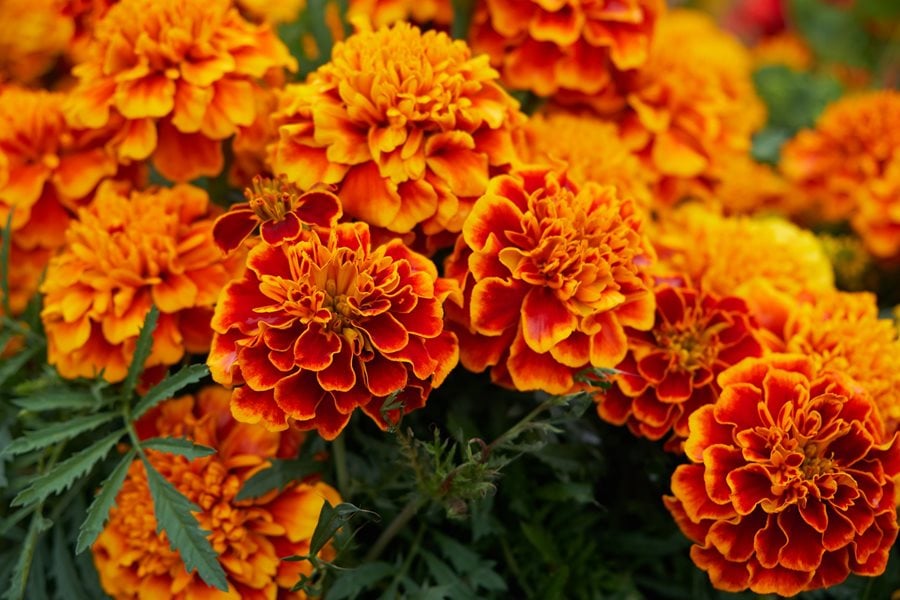
- Tomatoes: Tomatoes and basil are a classic combination. They have similar growing conditions and they can actually help to improve each other's flavor. Tomatoes can help to protect basil from pests, while basil can help to deter nematodes, which can damage tomato roots.
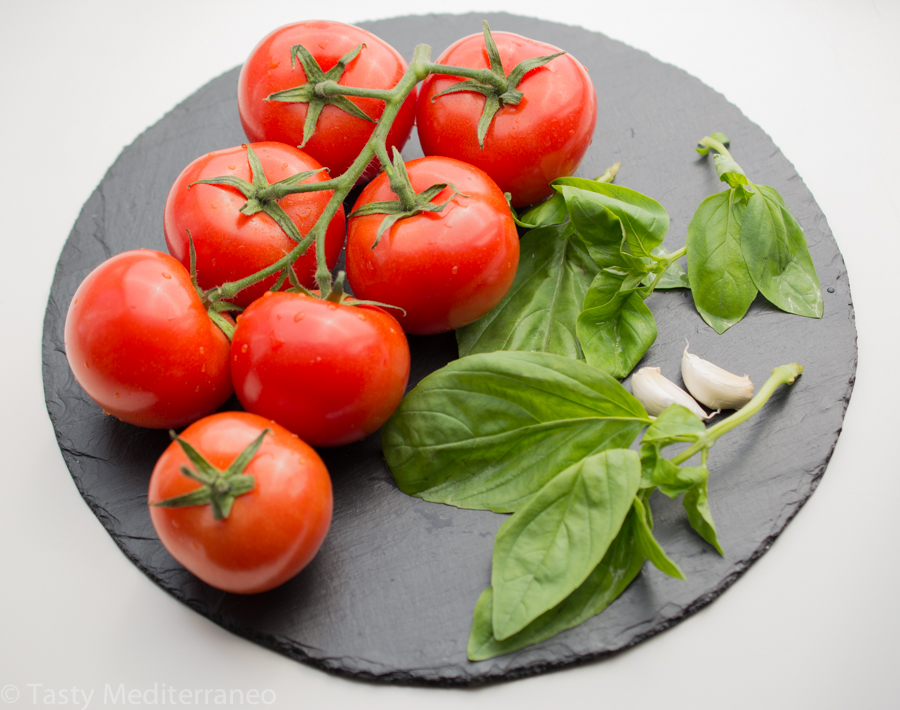
- Potatoes: Potatoes and basil are another great companion plant combination. Potatoes can help to suppress weeds, which can compete with basil for water and nutrients. Basil can help to repel potato beetles and other pests.
- Cilantro: Cilantro and basil have similar growing conditions and they can actually help to improve each other's flavor. Cilantro can help to mask the bitterness of basil, while basil can help to enhance the citrusy flavor of cilantro.
- Carrots: Carrots and basil are a good companion plant combination because they have different root systems. Carrots have a taproot that grows straight down, while basil has a fibrous root system that spreads out horizontally. This means that they won't compete for water and nutrients. Carrots can also help to repel carrot flies, which can damage basil plants.

- Herbs: Other herbs, such as oregano, parsley, and chives, can also make good companion plants for basil. These herbs have similar growing conditions and they can help to attract beneficial insects that will help to control pests.
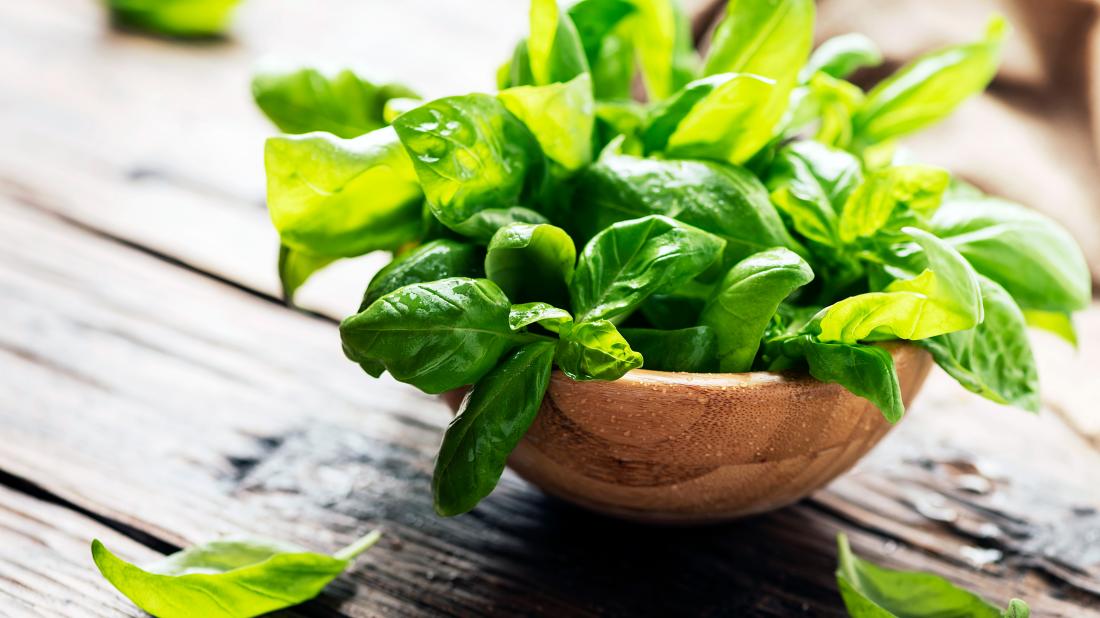
- Flowers: Some flowers, such as nasturtiums and borage, can also make good companion plants for basil. These flowers attract beneficial insects, such as ladybugs and hoverflies, which will help to control pests. They can also help to improve the appearance of your garden.

FAQ of basil companion
Q: What are some good companion plants for basil?
A: Basil is a relatively easy-to-grow herb that can be companion planted with a variety of other plants. Some of the best companion plants for basil include:
- Asparagus: The combination of basil and asparagus appeals to ladybugs in particular, which helps control the presence of aphids and other pests in the garden.
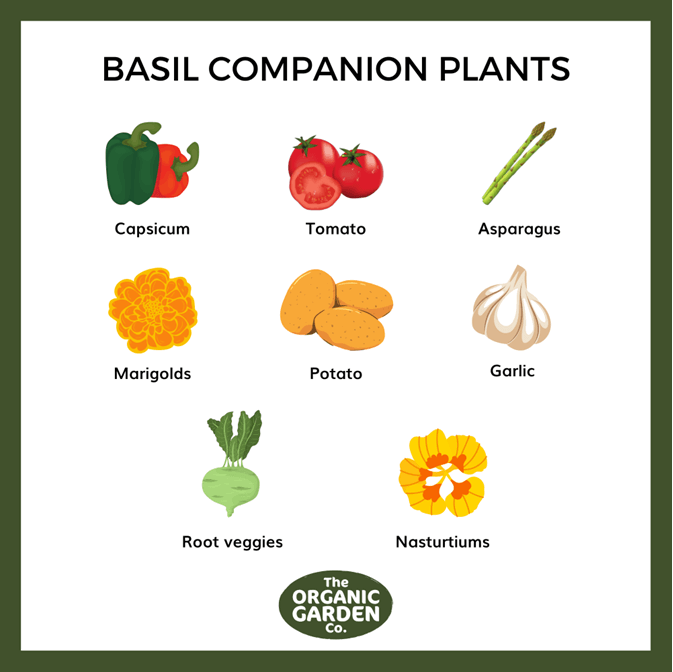
- Borage: Borage is a flowering plant that attracts beneficial insects, such as bees and butterflies. These insects can help pollinate other plants in the garden, including basil.
- Chamomile: Chamomile is a herb that has insect-repellent properties. Planting chamomile near basil can help to deter pests, such as aphids and mosquitoes.
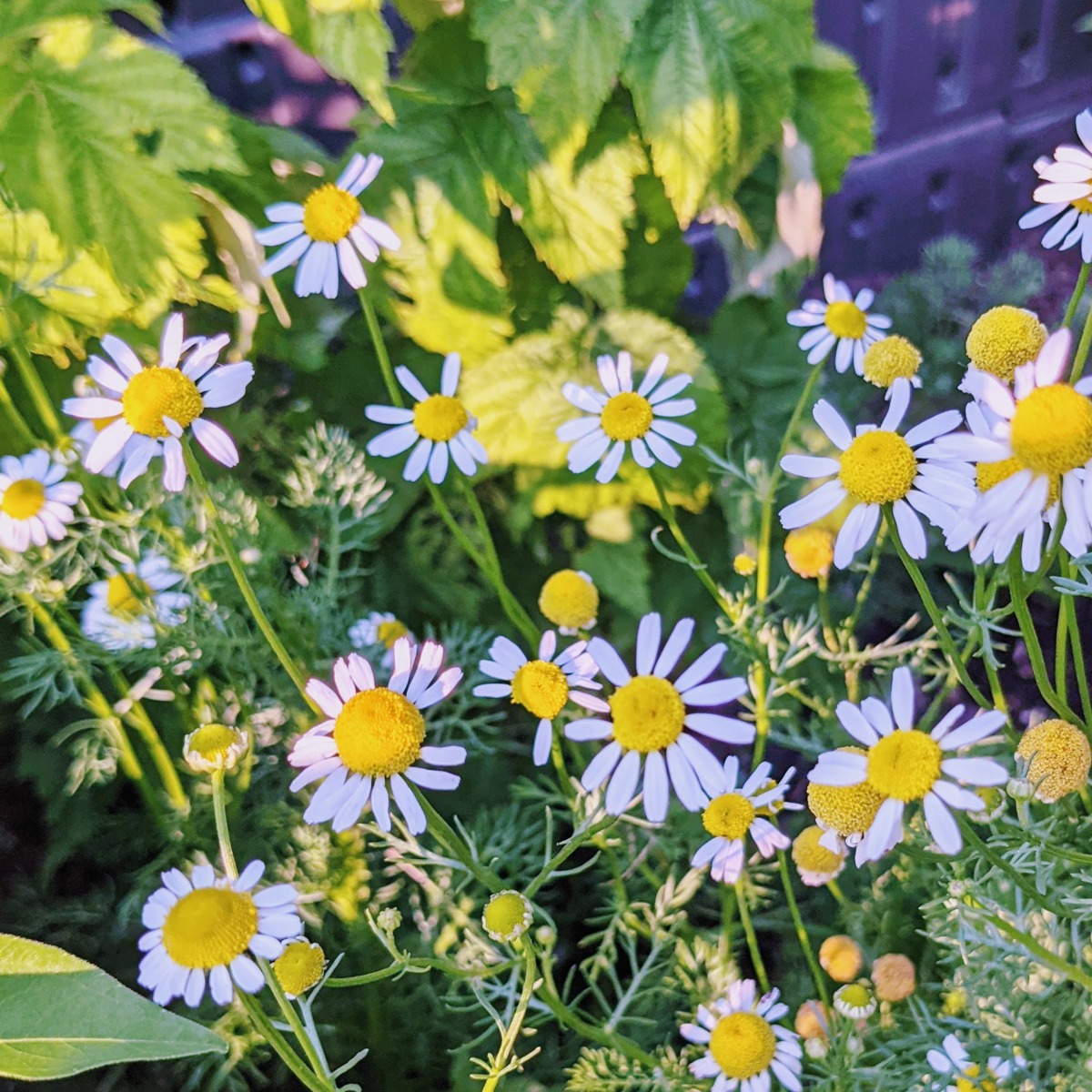
- Oregano: Oregano is another herb that has insect-repellent properties. Planting oregano near basil can help to deter pests, such as cabbage moths and tomato hornworms.
- Chives: Chives are a member of the onion family and have strong scents that can repel pests. Planting chives near basil can help to deter pests, such as carrot flies and cabbage moths.
- Peppers: Peppers and basil are both members of the nightshade family and can benefit from being planted near each other. Peppers can help to deter pests from basil, while basil can help to improve the flavor of peppers.

- Tomatoes: Tomatoes and basil are a classic combination that is often grown together in gardens. Tomatoes can help to deter pests from basil, while basil can help to improve the flavor of tomatoes.
Q: Why are basil companion plants beneficial?
A: Basil companion plants can be beneficial for a variety of reasons. Some of the benefits of companion planting basil include:
- Attracting beneficial insects: Some companion plants, such as chamomile and borage, attract beneficial insects, such as bees and butterflies. These insects can help pollinate other plants in the garden, including basil. They can also help to control pests.
- Reducing pest pressure: Some companion plants, such as chives and peppers, have strong scents that can repel pests. Planting these plants near basil can help to deter pests from feeding on basil.
- Improving soil quality: Some companion plants, such as asparagus and tomatoes, can improve soil quality. This can benefit basil by providing it with the nutrients it needs to grow healthy and strong.
- Creating a more visually appealing garden: Companion planting can be used to create a more visually appealing garden. By planting different types of plants together, you can create a variety of textures, colors, and heights.
Q: What are some companion plants that should not be planted near basil?
A: There are a few companion plants that should not be planted near basil. These include:
- Cucumbers: Cucumbers and basil can compete for nutrients and water. Planting them together can stunt the growth of both plants.
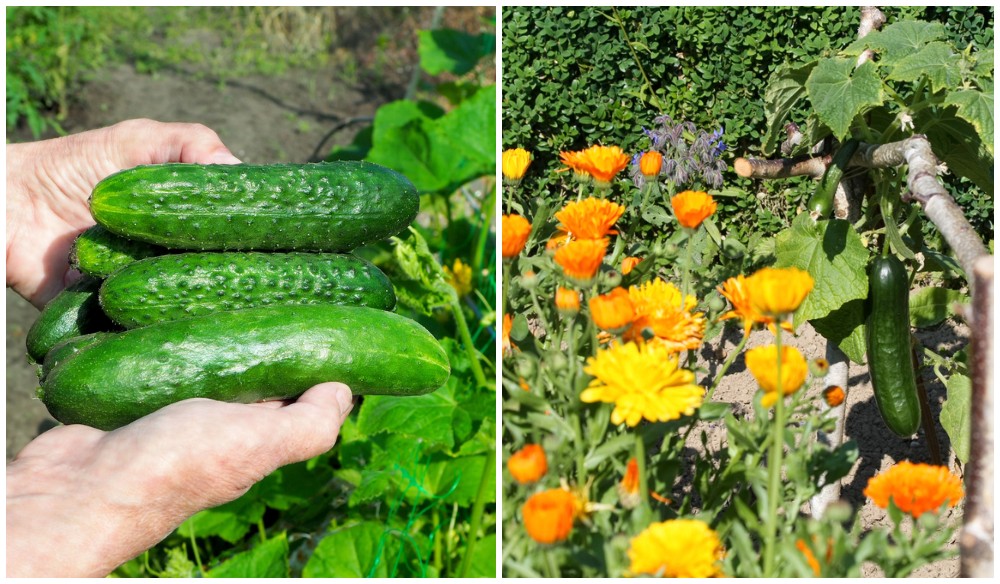
- Melons: Melons and basil can also compete for nutrients and water. Planting them together can stunt the growth of both plants.
- Potatoes: Potatoes produce a chemical that can inhibit the growth of basil. Planting them together can stunt the growth of basil.
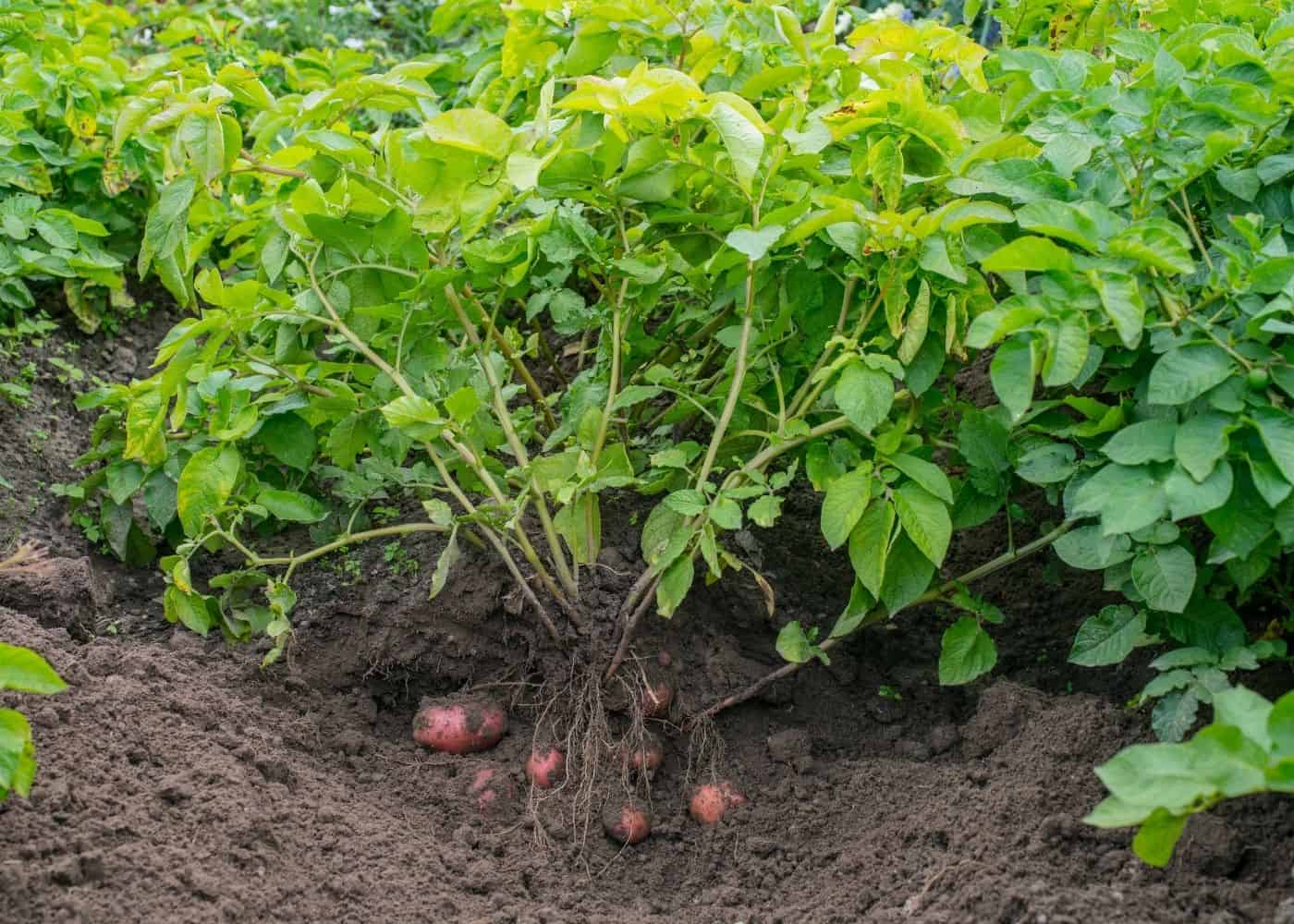
- Watermelons: Watermelons and basil can compete for nutrients and water. Planting them together can stunt the growth of both plants.
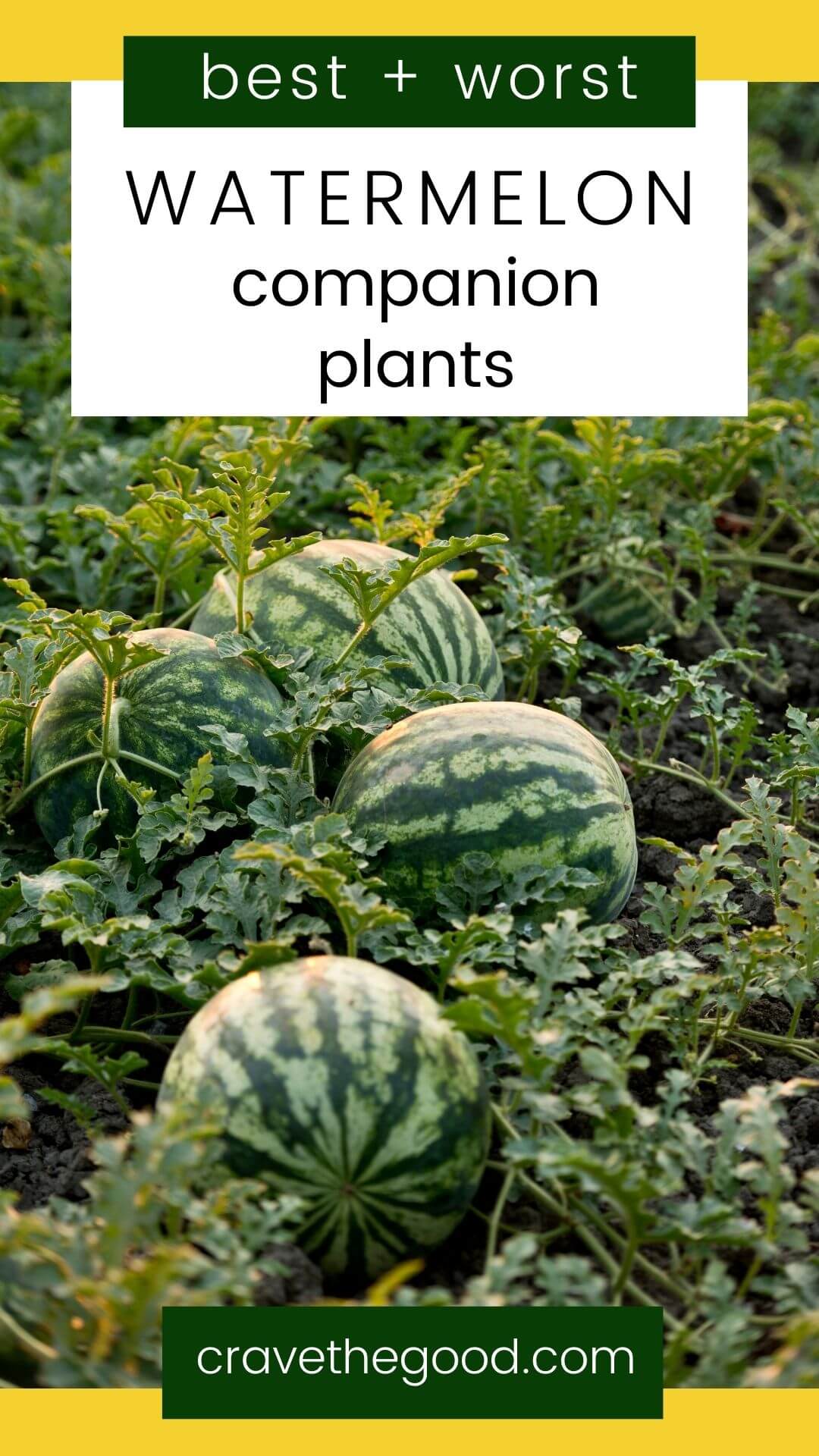
Q: How far apart should basil companion plants be planted?
The distance between basil companion plants will vary depending on the type of plant. However, in general, you should plant companion plants at least 12 inches apart. This will give each plant enough space to grow and thrive.
Q: How do I know if I have planted basil companion plants correctly?
If you have planted basil companion plants correctly, you should see both plants growing healthy and strong. The companion plants should not be competing for nutrients or water. You should also see an increase in beneficial insects in your garden.
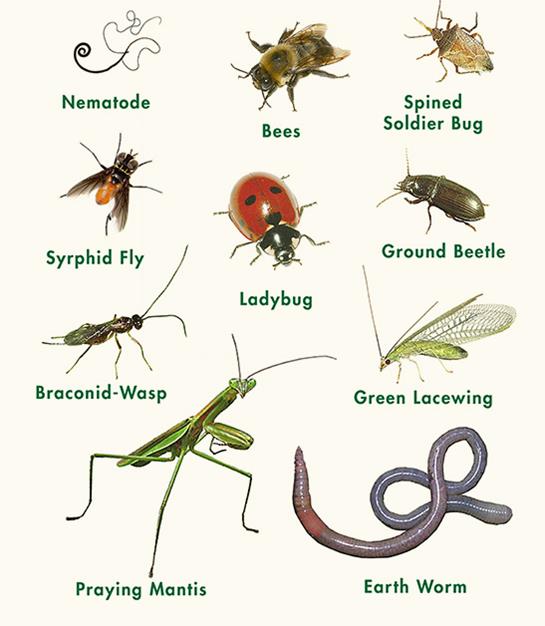
Image of basil companion
5 different images of "basil companion" from Pinterest:
- Image 1: A basil plant in a pot with a tomato plant in the same pot.
- Image 2: A basil plant in a pot with a lavender plant in the same pot.
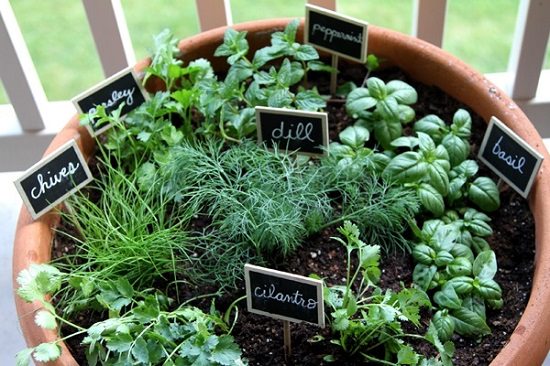
- Image 3: A basil plant in a pot with a mint plant in the same pot.
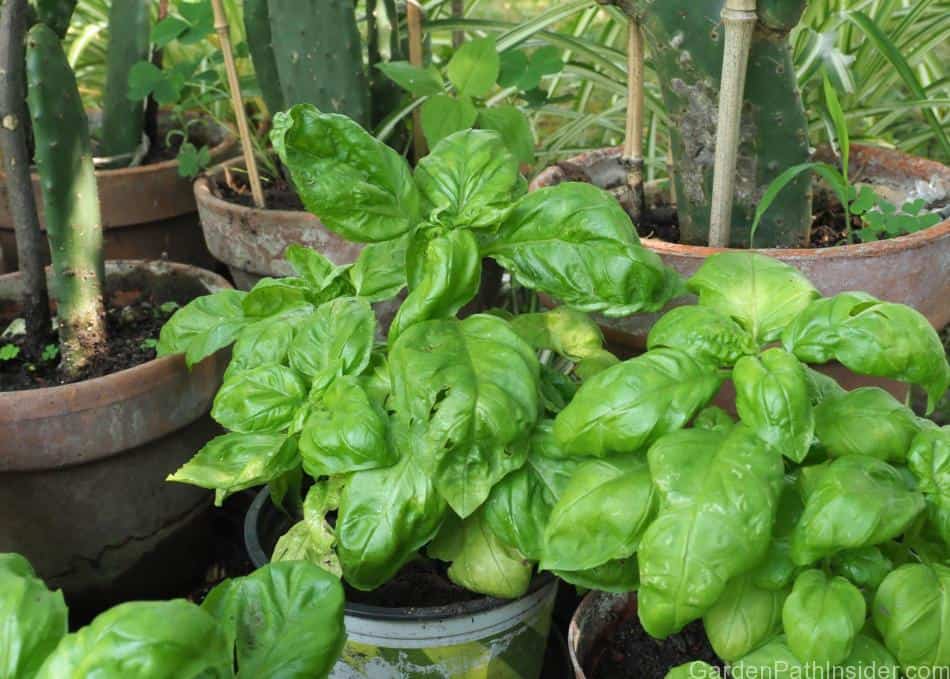
- Image 4: A basil plant in a pot with a rosemary plant in the same pot.

- Image 5: A basil plant in a pot with a chives plant in the same pot.
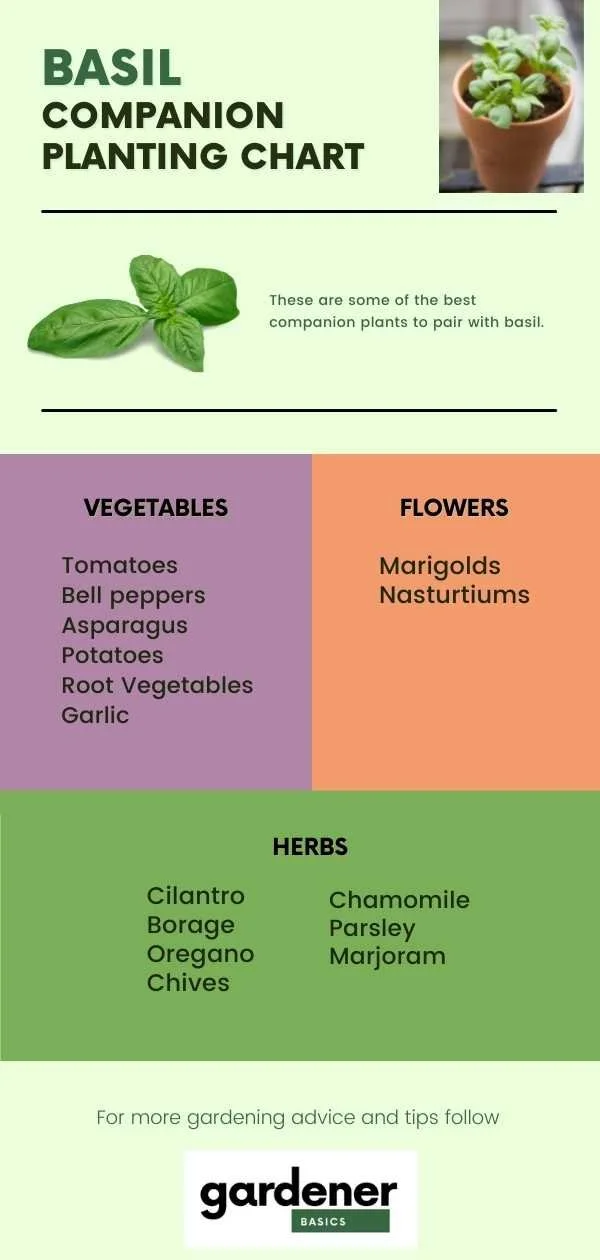

Post a Comment for " Best Basil Companion Plants That Will Make Your Garden Thrive"